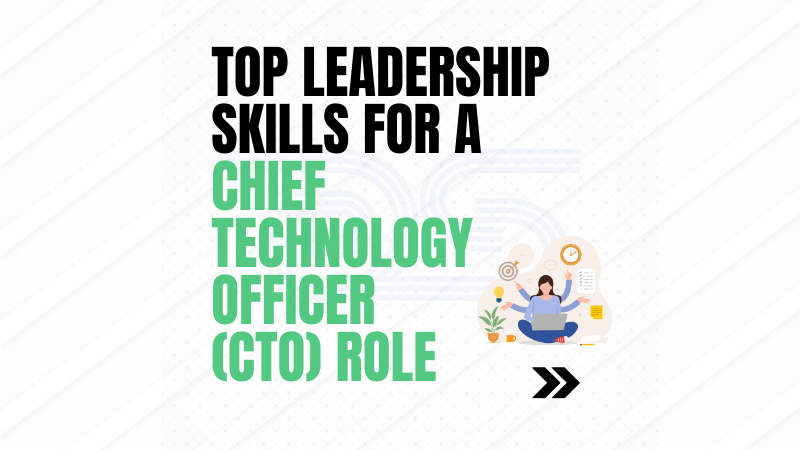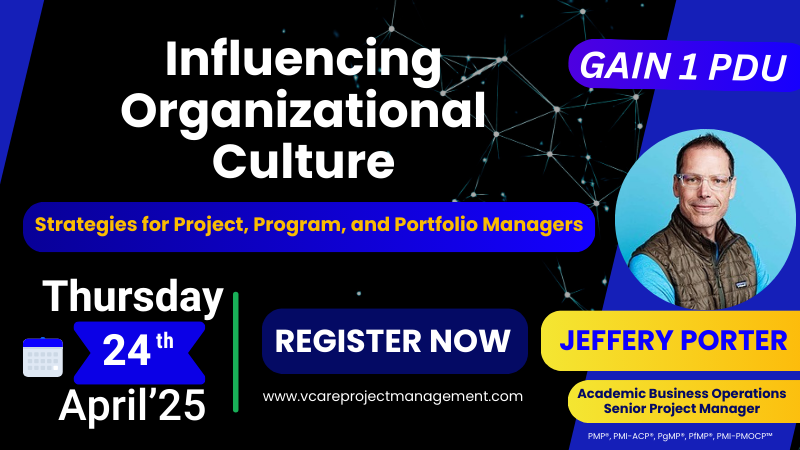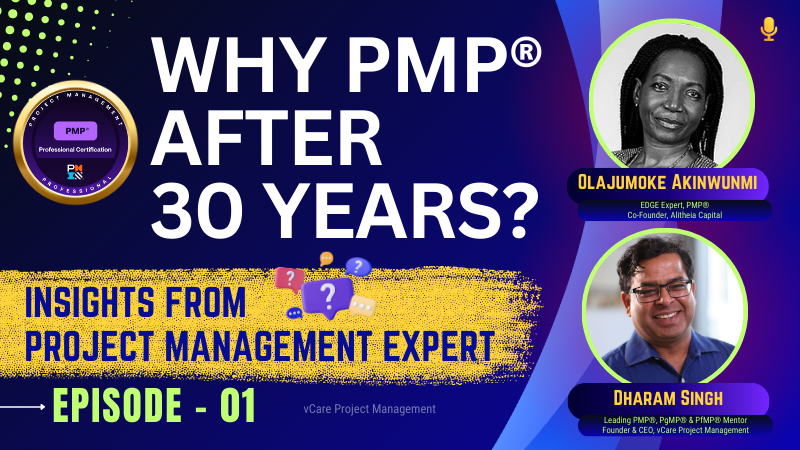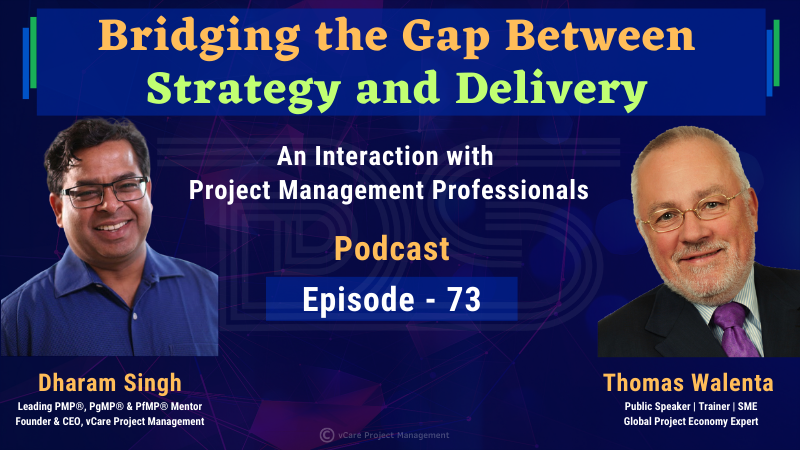
by DharamCW | Apr 16, 2025 | Industry Trends and Insights, Leadership in Project Management, Project-Program-Portfolio Management Knowledge
🔍 Top Leadership Skills for a Chief Technology Officer (CTO) Role
The role of a CTO goes far beyond just overseeing technology.
✅ Driving innovation
✅ Aligning tech with business goals
✅ Leading technical teams with expertise and vision
Here are 4 key leadership skills every aspiring or current CTO must master:
1️⃣ Mastering Strategic Thinking
Anticipate trends, align technology with business goals, and drive growth through informed decisions.
2️⃣ Excelling in Communication and Collaboration
Align stakeholders, inspire teams, and simplify technical concepts into actionable insights.
3️⃣ Staying Ahead with Technical Expertise
Balance leadership with up-to-date knowledge to drive innovation and maintain a competitive edge.
4️⃣ Leading and Developing High-Performing Teams
Empower employees, foster growth, and build a positive, performance-driven culture.
💬 Which of these skills do you believe is most critical for a CTO today?
Comment below and let’s spark a conversation.
🔁 Don’t forget to Like, Share, and Save this post if you found it insightful.
🔗 Want to explore more?
View our upcoming PgMP Programs
Online Training → http://bit.ly/2oBKQXQ
Direct Training → http://bit.ly/2oCfpg0
Explore Our PfMP Programs:
Online Training → http://bit.ly/39jOZSf
Direct Training → http://bit.ly/38er2M3
📞 For queries: +1 650-283-0123
🎥 Free Consultation with Me: https://lnkd.in/gwD-52JH
#CTO #LeadershipSkills #StrategicThinking #TechLeadership #Innovation #HighPerformingTeams #vCareProjectManagement #DharamSingh #PgMP #PfMP #TechnologyLeadership #BusinessStrategy #TechVision

by DharamCW | Apr 12, 2025 | Professional Development Webinars, Project-Program-Portfolio Management Knowledge
🚀 Discover Actionable Strategies to Influence Organizational Culture!
Join us for an insightful session with Jeffery Porter, a respected authority in Project, Program, and Portfolio Management from Beatrice, Nebraska, USA.
With over 15+ years of experience managing multi-million-dollar portfolios and leading cultural transformations, Jeffery has helped organizations bridge the gap between strategy and culture—delivering consistent and impactful results.
🔗 Reserve your spot now: https://bit.ly/4ifsEsy
🧭 What You’ll Learn
✔ Understanding and Assessing Organizational Culture
✔ Aligning Cultural Initiatives with Strategic Goals
✔ The Role of Managers in Shaping Culture
✔ Case Study: Driving Positive Cultural Change
✔ Measuring the Impact of Culture-Driven Initiatives
✔ Thriving in Challenging Organizational Cultures
🎯 Don’t miss this opportunity to earn 1 PDU, gain valuable career and certification insights, and unlock exclusive offers on PMP, PgMP, and PfMP programs from vCare Project Management.
📅 Session Date: Thursday, 24th April 2025
🕒 Session Time:
11:00 AM – 12:00 PM (PDT) / 12:00 PM – 01:00 PM (MDT) / 01:00 PM – 02:00 PM (CDT) / 02:00 PM – 03:00 PM (EDT) / 03:00 PM – 04:00 PM (BRT) / 07:00 PM – 08:00 PM (BST)
08:00 PM – 09:00 PM (CEST) / 09:00 PM – 10:00 PM (AST) / 10:00 PM – 11:00 PM (GST)
View our upcoming PgMP® Programs
Online → http://bit.ly/2oBKQXQ
Direct → http://bit.ly/2oCfpg0
View our upcoming PfMP® Programs:
Online → http://bit.ly/39jOZSf
Direct → http://bit.ly/38er2M3
🎙️ Got questions about your Project Management career or PMI certifications?
Book your FREE 15-min session with me at 👉 www.talktodharam.com
📞 Contact Us
📱 Call: +1 650-283-0123 (U.S.)
📧 Email: [email protected]
🎧 Subscribe & Stay Ahead
Success Stories: https://bit.ly/2YF0wJl
Podcasts & Interviews: https://bit.ly/2NDY8wd
#ProjectManagement #PgMP #PfMP #PMP #PMICertifications #Leadership #vCareProjectManagement #OrganizationalExcellence #DharamSinghPfMP #DharamSinghPgMP #PgMPTraining #JefferyPorter

by DharamCW | Mar 19, 2025 | Podcast, Project Management, Uncategorized
– Book an obligation-free consultation session on Project management Career, training, and certifications:
http://talktodharam.com

by DharamCW | Mar 15, 2025 | Podcast, Project-Program-Portfolio Management Knowledge
Bridging the Gap Between Strategy and Delivery | Thomas Walenta | Dharam | Episode 73
🎥 Watch now: https://youtu.be/ttQuV57dL4c
📝 Discussion Topics:
– Bridging the Gap Between Strategy and Delivery
– What are the most common challenges in aligning strategy with execution, and how can organizations overcome them?
– Discuss the importance of visionary leadership in strategy execution and how leaders can effectively communicate and unite their teams around strategic goals?
– How will emerging technologies such as AI and blockchain impact strategy execution in the next five years? Can you provide specific examples of these technologies in action?
– What is your strategy to utilize these new technologies in your business to create more value for your customers?
– How important is organizational culture in determining the success of strategy execution, and what steps can leaders take to foster a culture that supports strategic goals?
– Share a strategic initiative from your past that didn’t go as planned and the lessons learned from that experience.
– What are the key skills and competencies must tomorrow’s leaders develop to excel in strategy execution, considering the fast-paced changes in global markets and technologies?
– How can organizations use advanced analytics and data insights to improve their strategic execution? Are there specific sectors or projects where this is particularly critical?
🚀 Looking to deepen your knowledge? Check out my upcoming webinars featuring global experts,
1. Resilient Leadership in Cyber-Driven Programs: Strategies from a Transformation Expert featuring Dr. Maria Sette – https://bit.ly/4j9fmPA
2. Strategic Leadership & Operational Excellence featuring Jay Brough – https://bit.ly/41sSraX
– Book an obligation-free consultation session on Project management Career, training, and certifications: http://talktodharam.com
– Discover training offers and certification discounts: https://bit.ly/3jWVepD
– Stay updated with our Q&A series and certification success stories by subscribing to the vCare Project Management YouTube channel at https://bit.ly/2YF0wJl
– Follow my podcasts and interviews with Project Management Experts on YouTube at https://bit.ly/2NDY8wd
#StrategyExecution #Leadership #VisionaryLeadership #StrategyAndExecution #EmergingTechnologies #AIinBusiness #BlockchainStrategy #DigitalTransformation #TechInBusiness #OrganizationalCulture #AdvancedAnalytics #BusinessStrategy #FutureOfWork #PgMP #PfMP #PMP #AskDharam #DharamSingh #vCareProjectManagement

by DharamCW | Mar 7, 2025 | Project-Program-Portfolio Management Knowledge
Bridging the Gap Between Strategy and Delivery | Thomas Walenta | Dharam | Episode 73
📝 Discussion Topics:
– Bridging the Gap Between Strategy and Delivery
– What are the most common challenges in aligning strategy with execution, and how can organizations overcome them?
– Discuss the importance of visionary leadership in strategy execution and how leaders can effectively communicate and unite their teams around strategic goals?
– How will emerging technologies such as AI and blockchain impact strategy execution in the next five years? Can you provide specific examples of these technologies in action?
– What is your strategy to utilize these new technologies in your business to create more value for your customers?
– How important is organizational culture in determining the success of strategy execution, and what steps can leaders take to foster a culture that supports strategic goals?
– Share a strategic initiative from your past that didn’t go as planned and the lessons learned from that experience.
– What are the key skills and competencies must tomorrow’s leaders develop to excel in strategy execution, considering the fast-paced changes in global markets and technologies?
– How can organizations use advanced analytics and data insights to improve their strategic execution? Are there specific sectors or projects where this is particularly critical?
🎥 Watch now: https://youtu.be/ttQuV57dL4c
🚀 Looking to deepen your knowledge? Check out our upcoming webinars featuring global experts,
1. Turning Business Goals into Reality featuring Marcelo Pessotto – https://bit.ly/4hhH4Yu
2. Resilient Leadership in Cyber-Driven Programs: Strategies from a Transformation Expert featuring Dr. Maria Sette – https://bit.ly/4j9fmPA
– Book an obligation-free consultation session on Project management Career, training, and certifications: http://talktodharam.com
– Discover training offers and certification discounts: https://bit.ly/3jWVepD
– Stay updated with our Q&A series and certification success stories by subscribing to the vCare Project Management YouTube channel at https://bit.ly/2YF0wJl
– Follow my podcasts and interviews with Project Management Experts on YouTube at https://bit.ly/2NDY8wd
#StrategyExecution #Leadership #VisionaryLeadership #StrategyAndExecution #EmergingTechnologies #AIinBusiness #BlockchainStrategy #DigitalTransformation #TechInBusiness #OrganizationalCulture #CultureInBusiness #DataDrivenDecisions #AdvancedAnalytics #InnovationLeadership #StrategicGoals #BusinessStrategy #FutureOfWork #GlobalMarkets #PgMP #PfMP #PMP #askdharam #dharamsingh #dharamsinghpgmp #dharamsinghpfmp #dharamsinghpmp #vcareprojectmanagement









🚀 Why Pursue PMP After 30 Years in Project Management? 🎙️
I had the privilege of speaking with Olajumoke Akinwunmi, EDGE Expert, PMP®, and Co-Founder of Alitheia Capital, in the first episode of our latest podcast series: “Innovative Project Management Practices.”
🔹 What made her pursue PMP after nearly three decades in project management?
🔹 How has PMP helped her refine her approach to managing real estate and investment projects?
🔹 What role does PMP play in establishing credibility, mentorship, and stakeholder management?